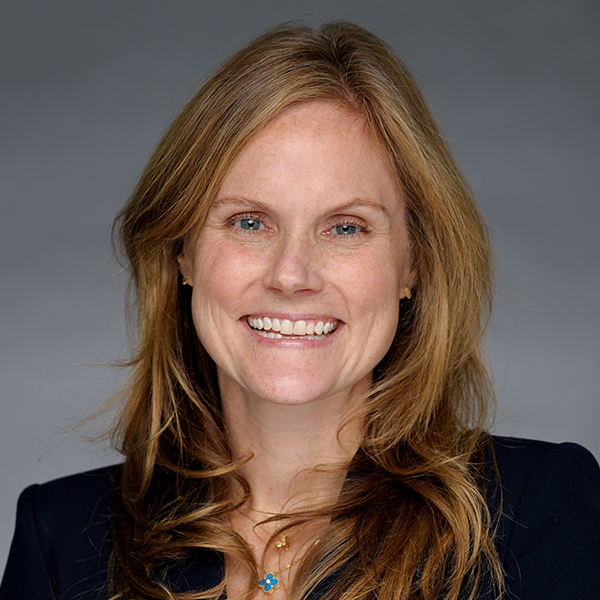The future of your business lies with younger clients. How well are you connecting with the next generation?
Bringing younger generations into the financial fold can be a growth multiplier for your practice. And many advisors find next-generation opportunities among their existing client base. Showing an interest in advising their family members can help deepen current client relationships — it can also lead to meaningful future business.
Capital Group research has shown that 31% of Generation X, 51% of millennials and 48% of Generation Z respondents said they were willing to work with their parents’ financial advisors.1 With the aging generations expected to pass on more than $70 trillion in assets within the next 25 years, client needs for generational wealth planning will likely only increase.2
“If you have a family-focused practice, you might have engaged over the years with the younger generations at milestones like high school or college graduations,” says Leslie Geller, senior wealth strategist at Capital Group. “But many of them are now finding success in their own careers, starting families and building wealth — and they are often open to professional financial advice.”
More and more advisors are seeing this opportunity and adding services that cater to families across multiple generations. Building the relationship starts with awareness: Find ways to meet family members and understand their goals and needs. Here are four ideas to help you begin to engage multigenerational clients.


